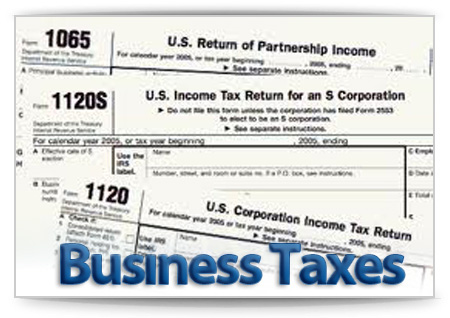Accounting
Are Your Business Clients Ready for the New Section 179 Expense Rules?
As part of end-of-year tax legislation by Congress, the half-million dollar maximum deduction was retroactively preserved for 2014, as were a couple of other related provisions. But these extensions authorized by the Tax Increase Prevention Act ...
Jan. 12, 2015

Buy first and ask tax questions later. That seems to the best approach for small business owners in recent years. For instance, if you were smart enough to acquire business equipment in 2014, you can now write off the entire amount up to a lofty maximum in one fell swoop. However, if you didn’t act fast enough, you may have missed the boat.
It all has to do with the annual Section 179 deduction. As part of end-of-year tax legislation by Congress, the half-million dollar maximum deduction was retroactively preserved for 2014, as were a couple of other related provisions. But these extensions authorized by the Tax Increase Prevention Act of 2014 (TIPA) expired again on December 31, 2014. So now small business owners are back in the same boat in 2015.
Starting point: Under Section 179 of the tax code, a business can currently deduct the cost of qualified business property placed in service during the year, subject to certain limits. For one thing, the deduction can’t exceed the lesser of the income from business activities or the maximum allowance. For another, the maximum allowance is reduced on a dollar-for-dollar basis for amounts exceeding an annual “phase-out threshold.”
At the turn of the century, the maximum allowance was only $20,000, but it was quickly boosted into six figures until peaking at $500,000, beginning in 2010. Similarly, the phase-out threshold was increased in lockstep with the maximum allowance from $200,000 to $2 million. This gave most small business owners room to maneuver with plenty to spare. Typically, a business would place property in service late in the year to create a near-instant tax impact on that year’s tax return.
Recent legislation allowed off-the-cost software to be deducted currently under Section 179. In addition, another tax law provision for “bonus depreciation” could be combined with the Section 179 deduction, forming an effective one-two punch for qualified business property. The latest reincarnation of the bonus depreciation tax break was equal to 50% of the cost remaining after the Section 179 election was made. Finally, the amount left over – if any – could still be written off under the regular depreciation rules.
Without an extension of these rules, the Section 179 deduction will plummet to a measly $25,000, with only a $200,000 phase-out threshold, and the fast write-off for off-the-shelf software can’t be claimed. Also, 50% bonus depreciation generally would not be available. These restrictions were penciled in for 2014 before they were erased by TIPA at the last minute. Now business owners are facing the same tax quandary in 2015.
What should your business clients do? The conventional wisdom is to buy the equipment this year that you absolutely need – no more and no less – and wait to see what happens in Congress. If, as expected, the tax law enhancements are extended once more, you can then spend with free abandon. But don’t be surprised if the debate goes down to the wire again at the end of the year.
Final point: Remember that a business can still write off the cost of property above the Section 179 limit under the regular depreciation rules. Unlike the Section 179 deduction, it takes a long time to realize tax benefits this way, but something is still better than nothing. Meet with your business clients to discuss their strategies for the upcoming year.
